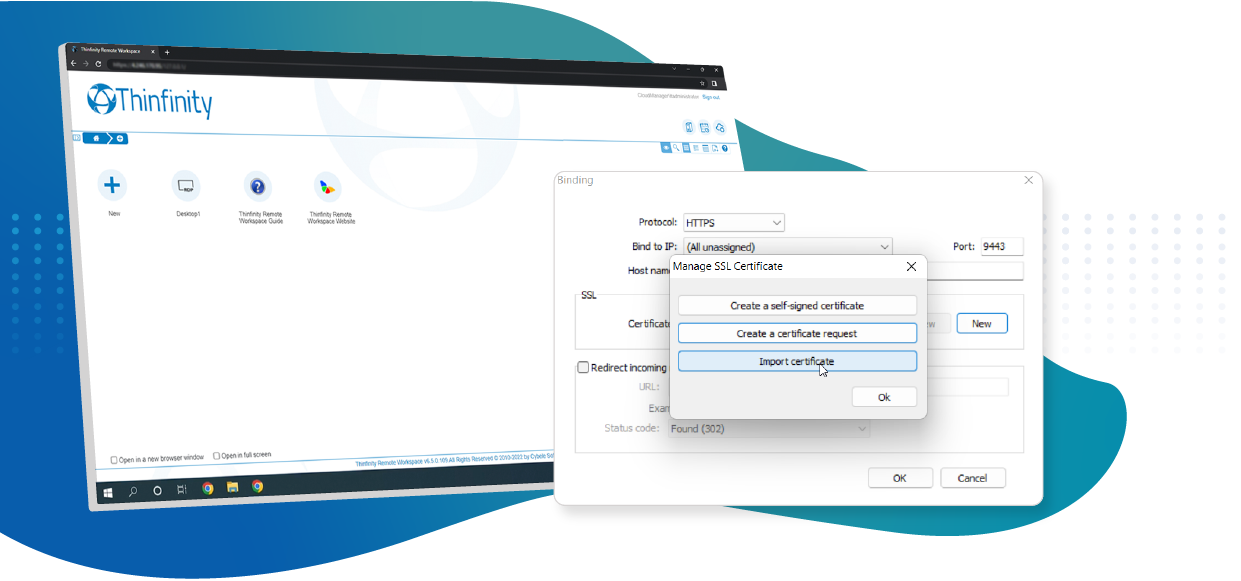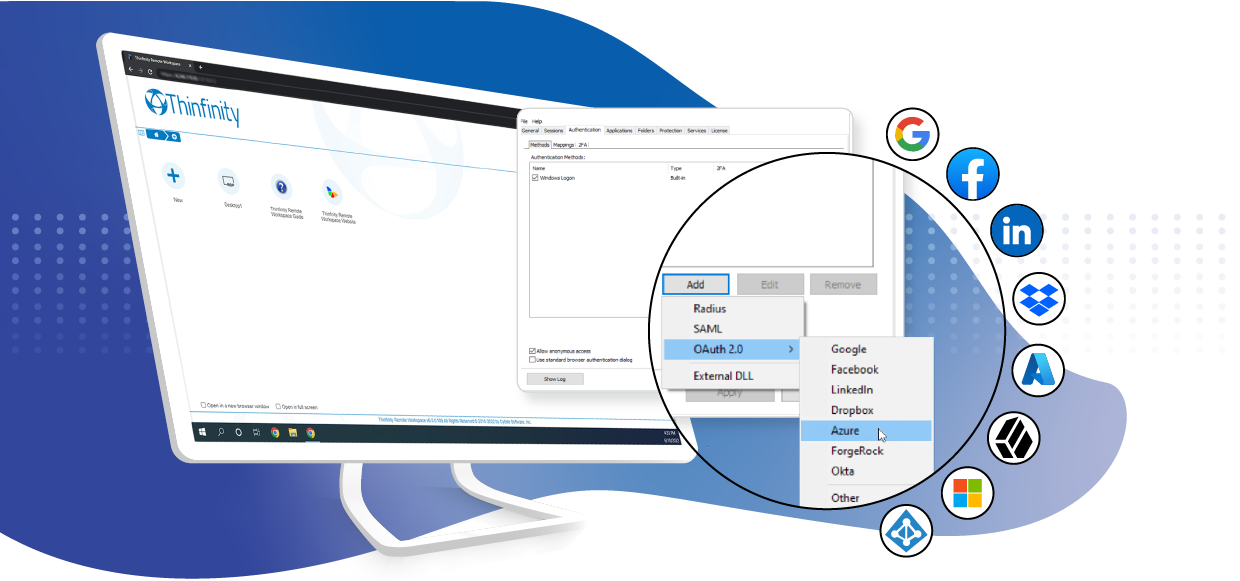
Introduction
In today’s interconnected business landscape, effectively managing system access across various authentication providers is critical, especially when working with external identity providers on different domains. Thinfinity Remote Workspace tackles this challenge with its innovative Create if it doesn’t exist feature, enabling seamless mapping of users from external identity providers to local or domain users on the host machine, even when these users are not preexisting in the host environment.
This powerful feature empowers administrators to create local or domain users on the host machine while connecting to external Identity Providers, such as Google, Office 365, Facebook, Azure AD, Okta, and Duo.
The Create if it doesn’t exist function ensures that when a verified user from an external domain logs in, Thinfinity Remote Workspace captures their external ID and automatically generates a corresponding local account on the host machine, complete with pre-established permissions as defined by the administrator.
Tutorial
In this comprehensive Tutorial, we will demonstrate the process of mapping external users from various domains to local accounts on the host machine using Thinfinity Remote Workspace secure algorithm:
1. First, navigate to your Thinfinity Configuration Manager dashboard.
2. Select the Profile tab, and locate the RDP connection you want to edit.
3. Click Edit to modify the RDP Connection settings.
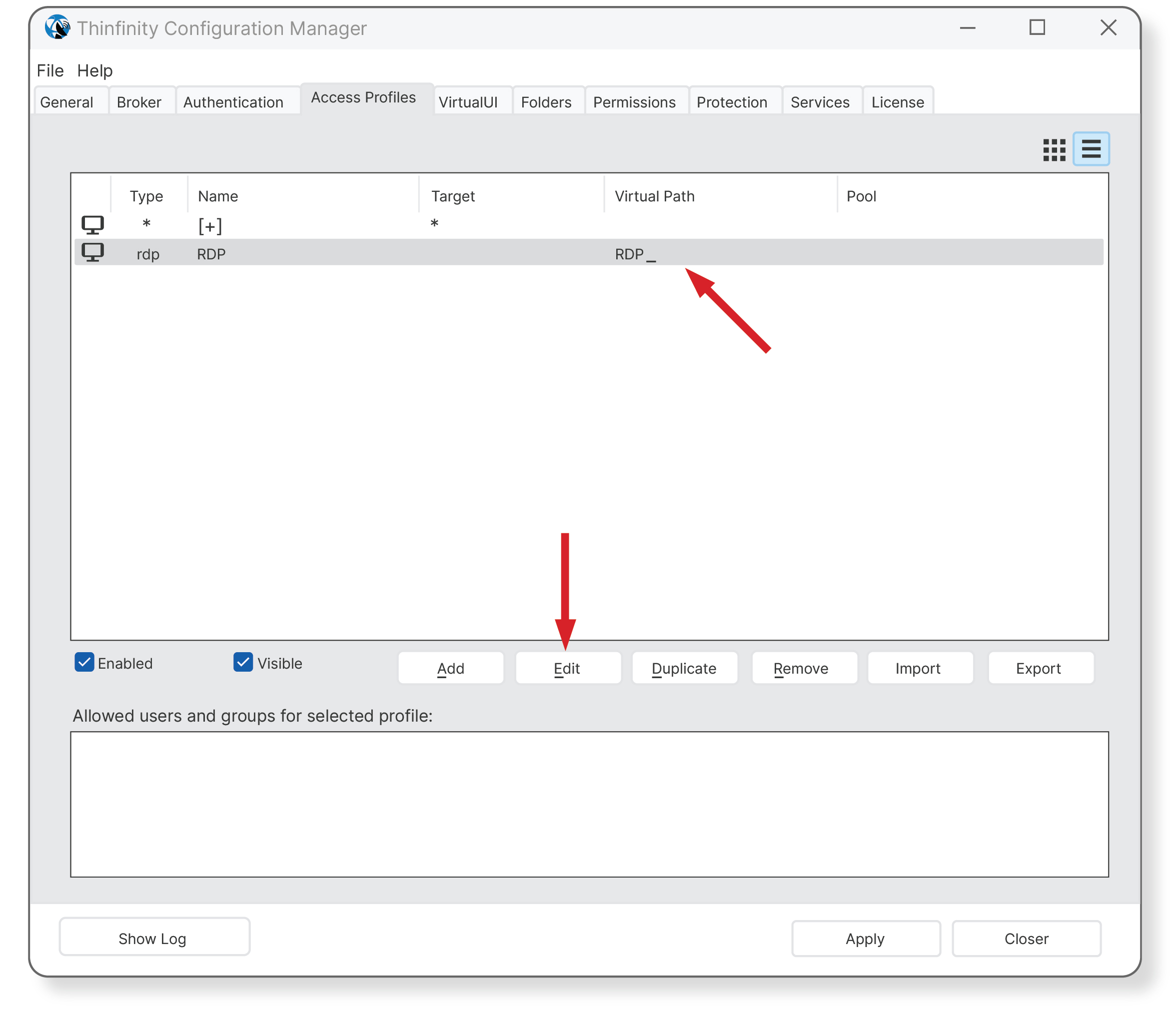
In the General section, choose Use these credentials and check the box Create if it doesn’t exist.
4. Complete the Pattern and Replace fields with the correct Regular Expression for you:
Creation of users against external domains that use @contoso.com as method of user authentication (works for Azure as well):
Pattern: ([a-zA-Z0-9\.]+)@contoso\.com\$
Replace with: targetdomain\\$1
Creation of users against external domains that authenticate with the domain (Ex. contoso\) as method of user authentication:
Pattern: ((?i)contoso)\\(.+)
Replace with: targetdomain\\$2
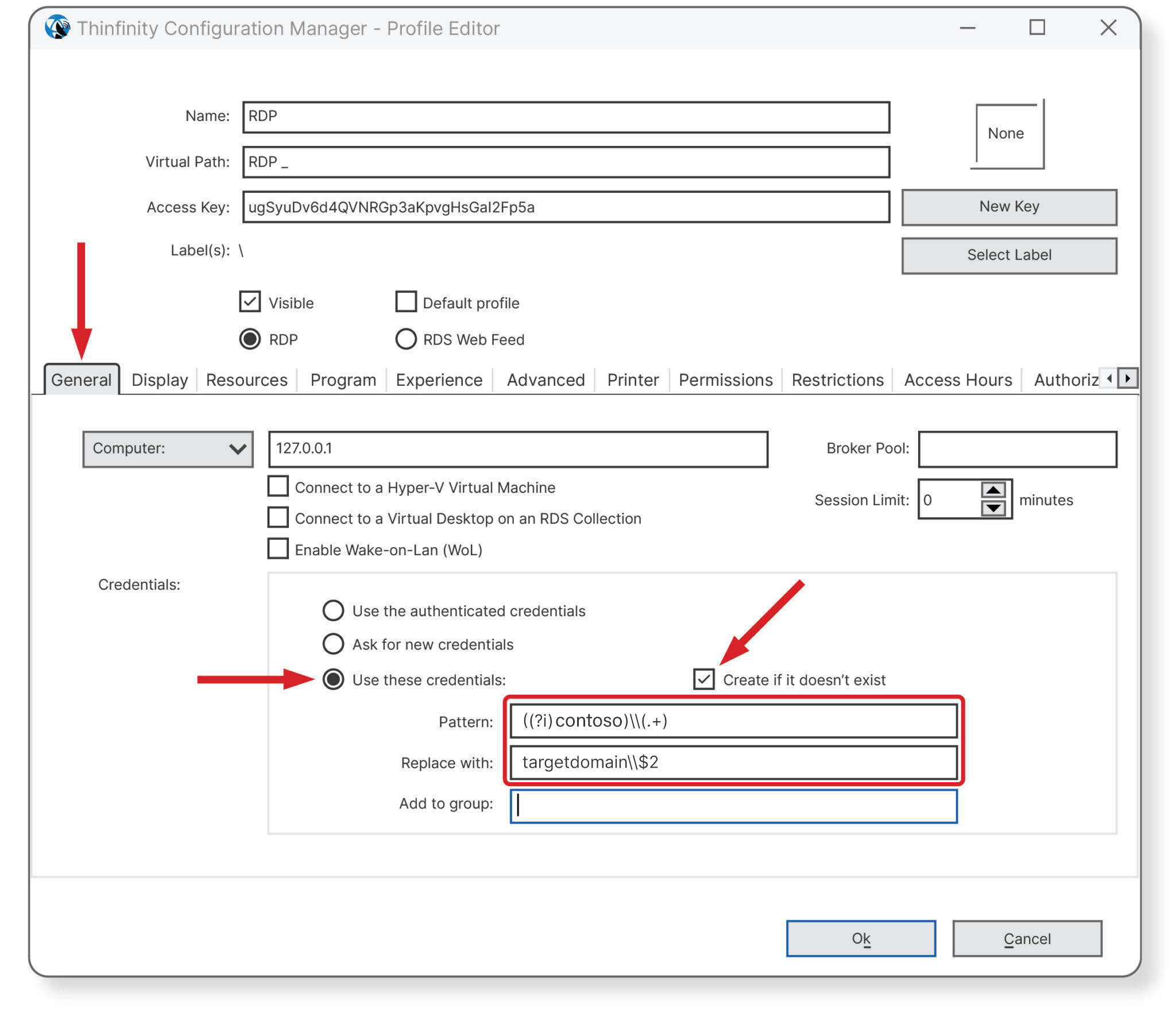
With this easy-to-use feature, you can quickly and securely access your remote machine with various user authentication options. Thinfinity Remote Workspace makes remote access more effortless than ever before.
If you are setting this feature from your Thinfinity Web Manager, you need to follow these steps:
5. Go to the + icon and select the Desktop option to create your RDP connection.
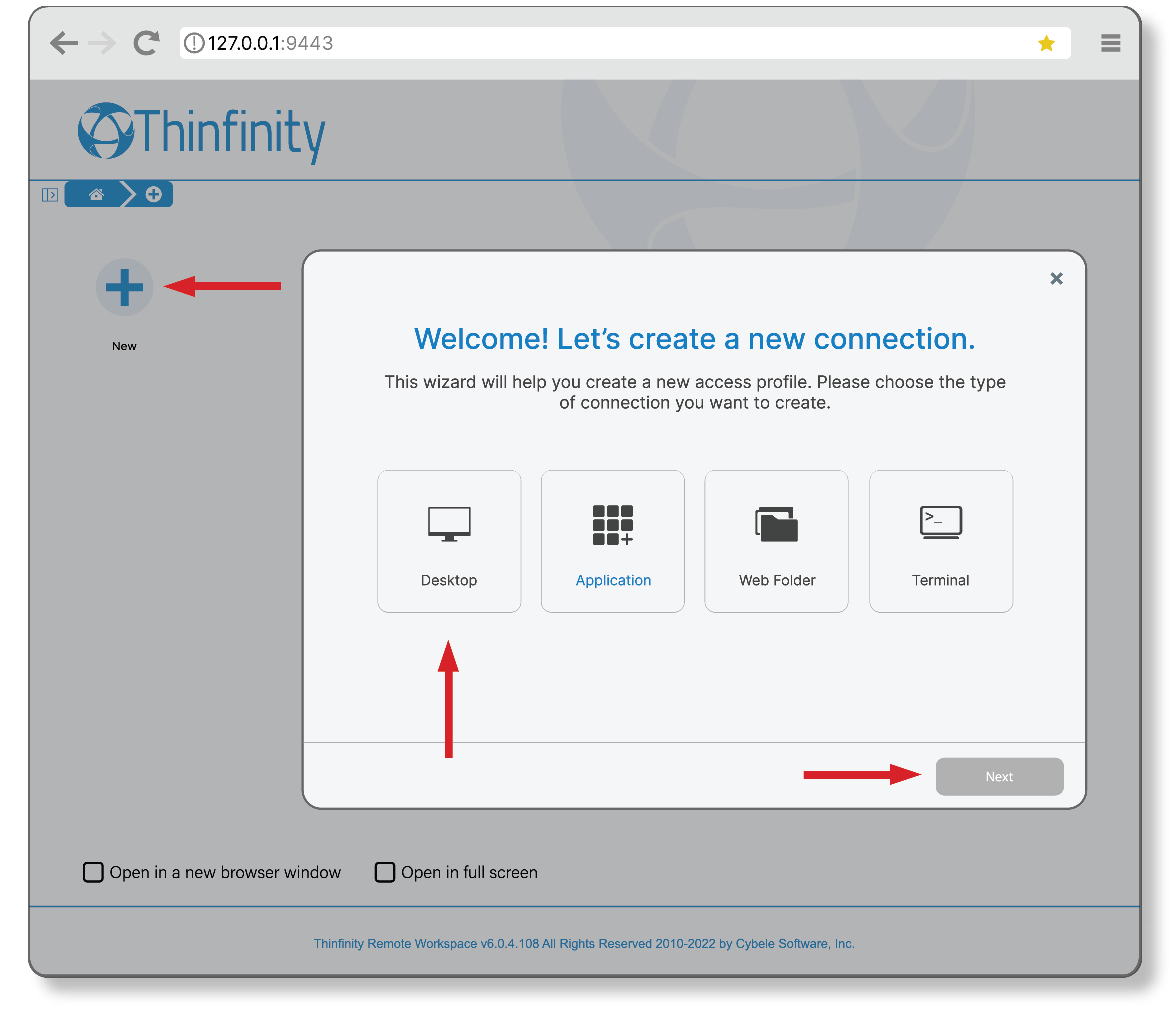
6. Select RDP connection.
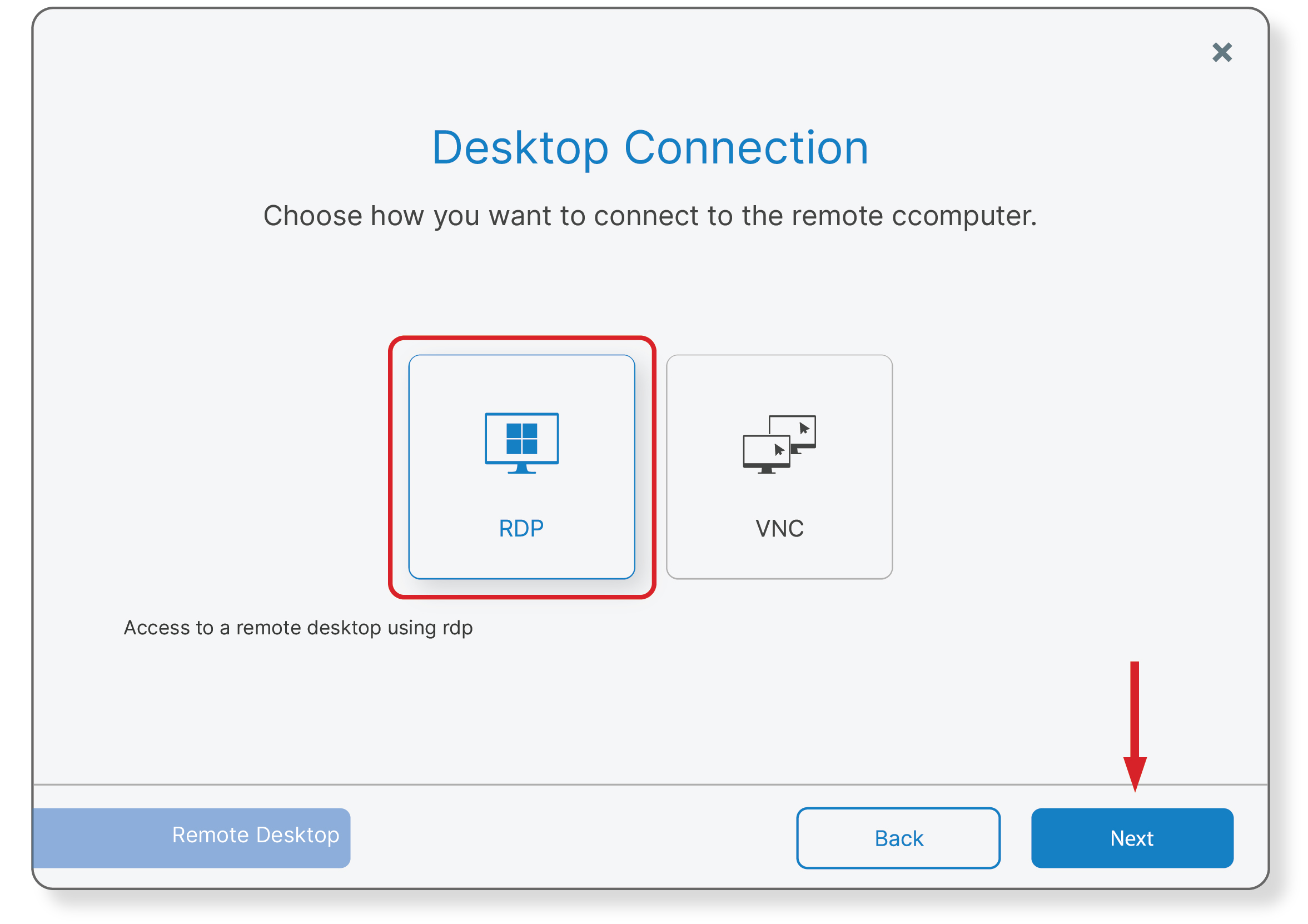
7. Choose your connection destination
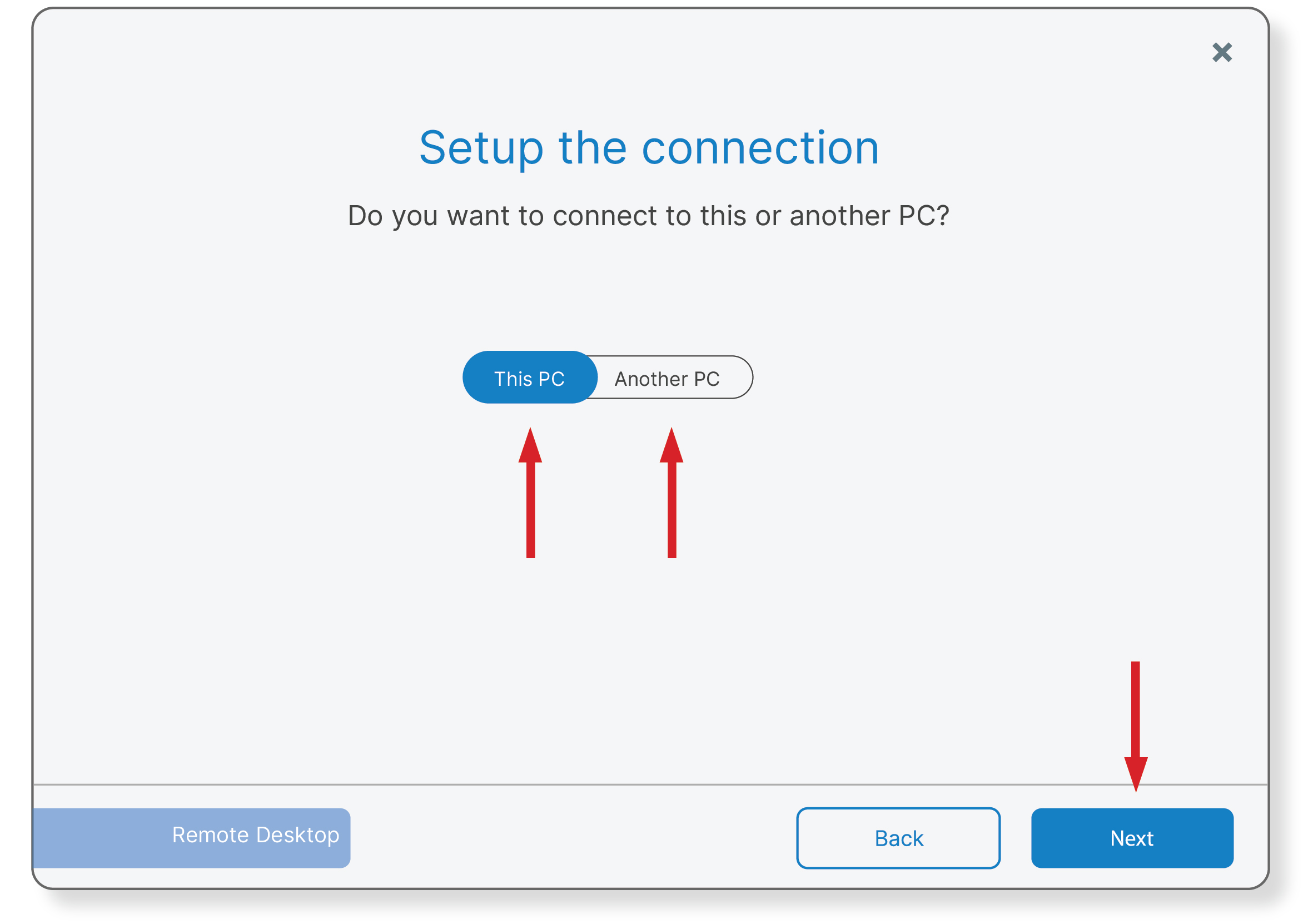
8. Select Use these credentials from the drop-down menu.
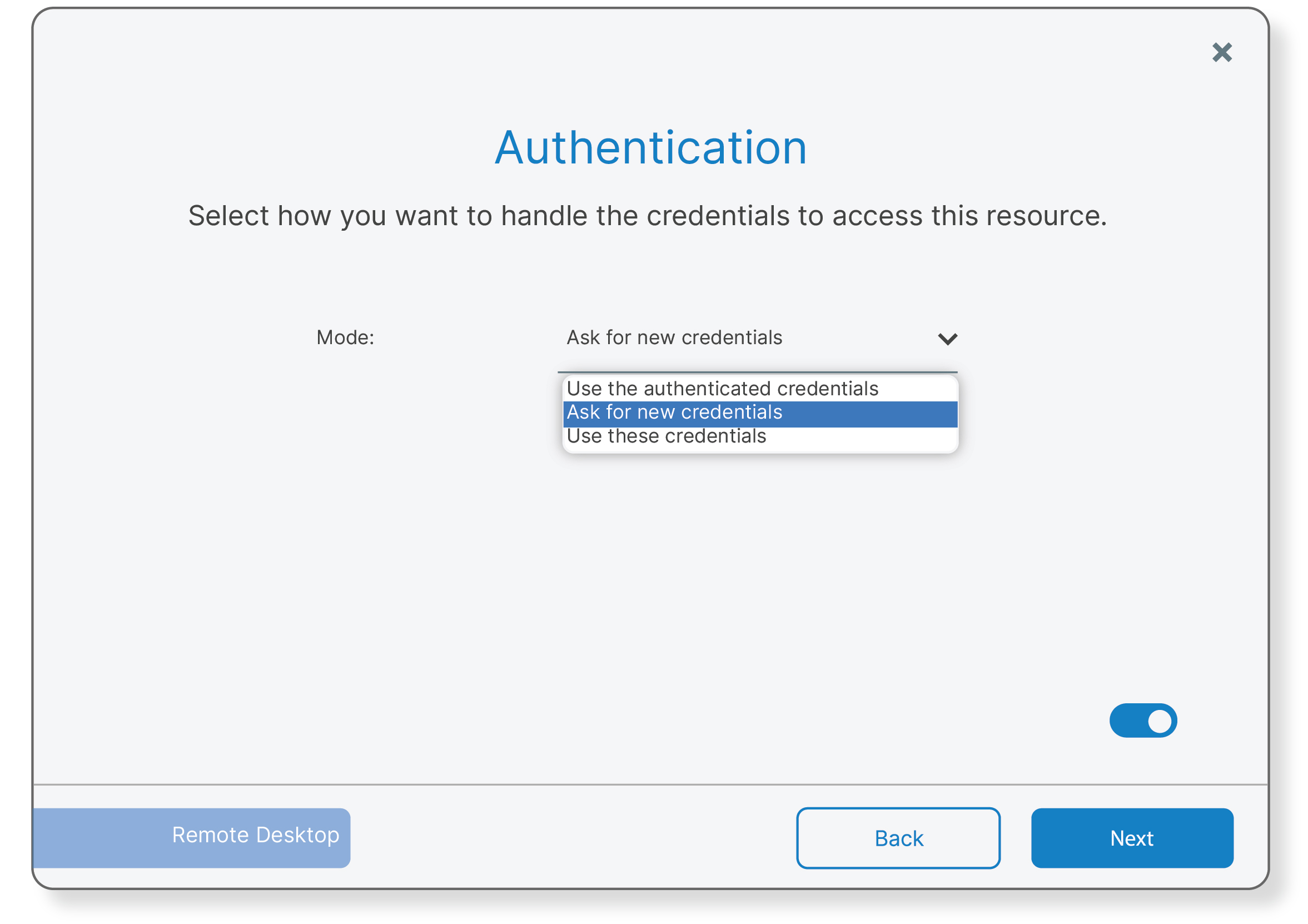
9. Enable the option Create if it doesn’t exist and Complete the Pattern and Replace fields with the correct Regular Expression for you:
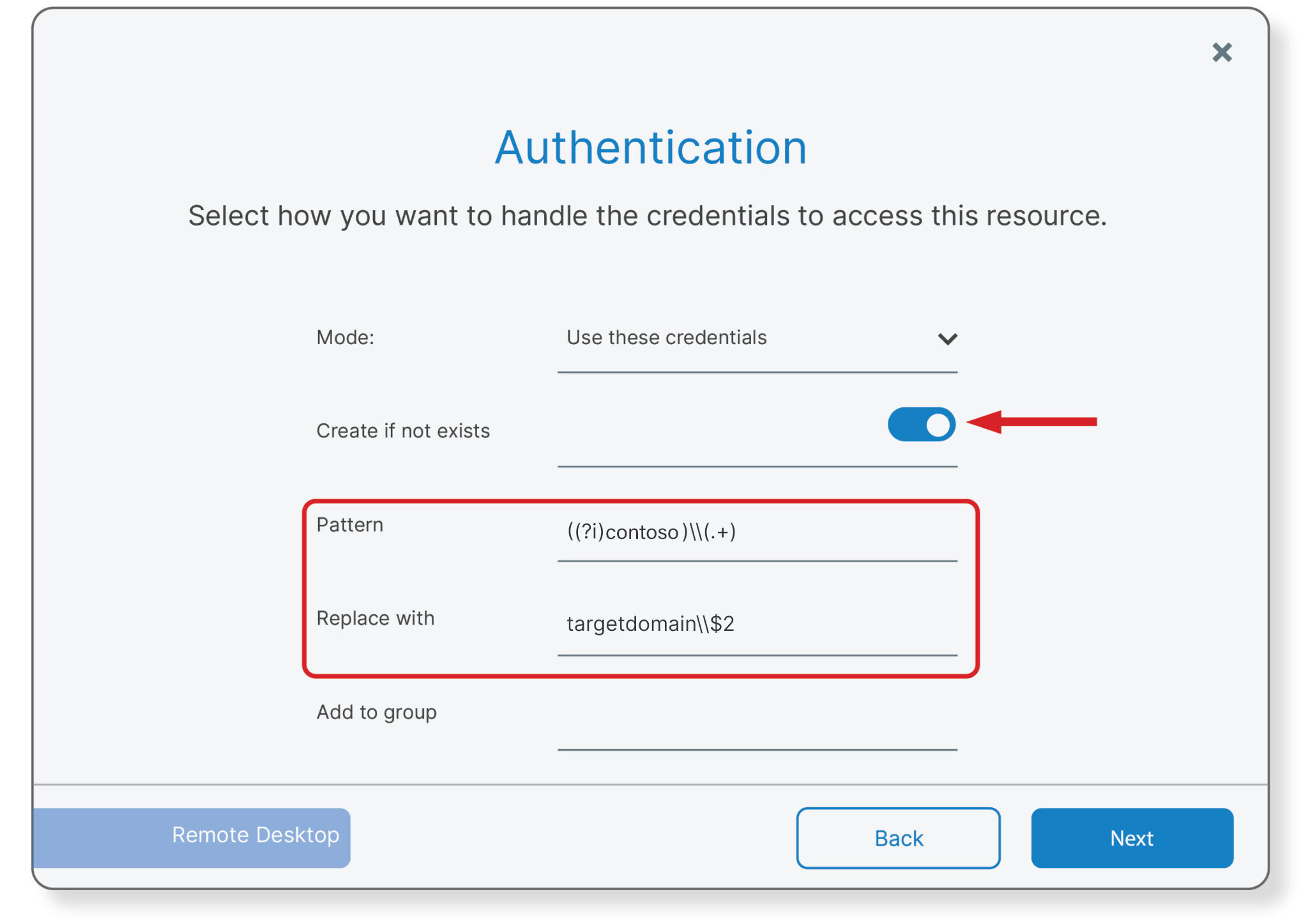
10. Enter the Profile name you desire.
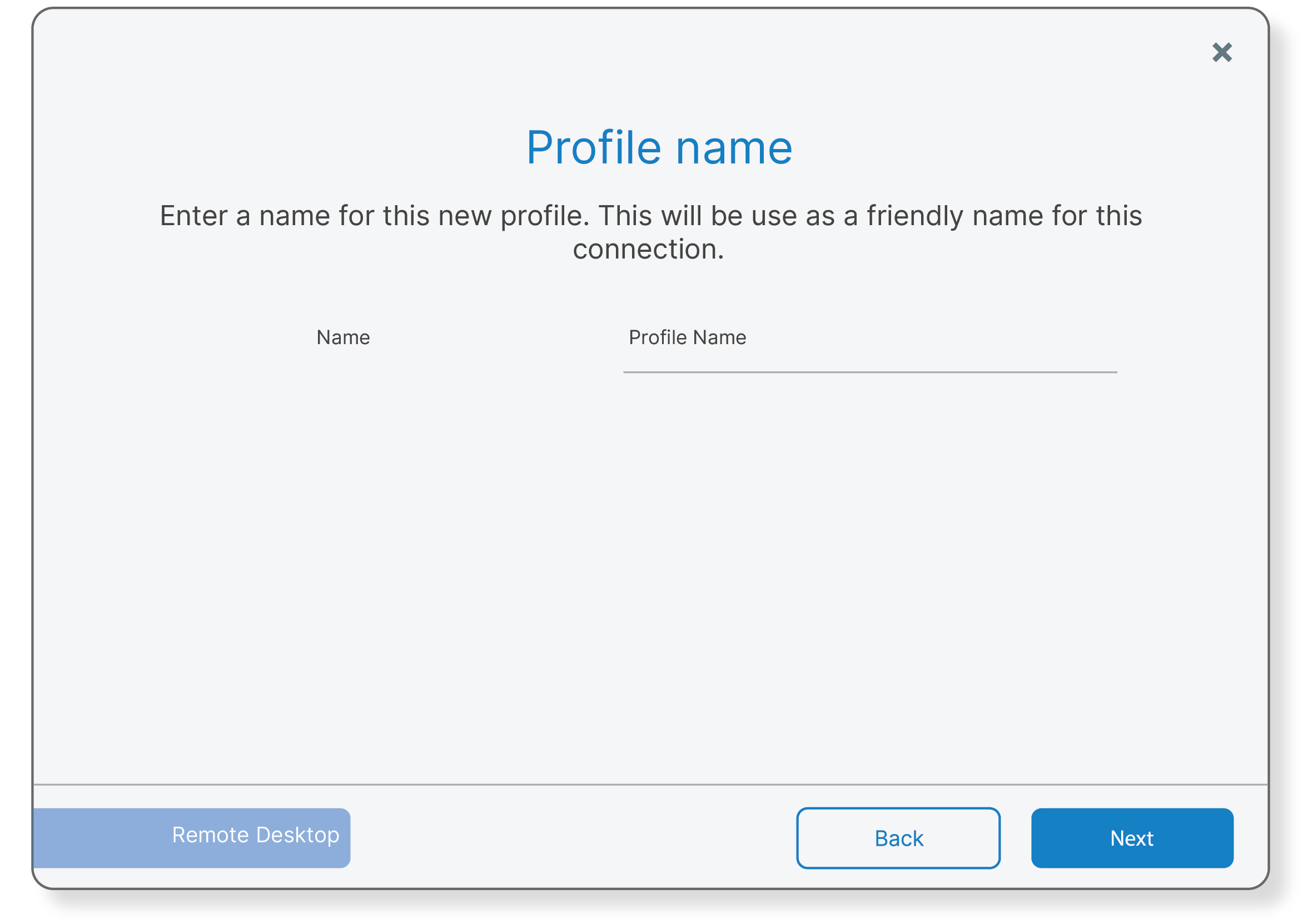
Summary
In summary, Thinfinity® Workspace‘s Create if it doesn’t exist feature enables seamless mapping of external users to local accounts on the host machine, even when they are not preexisting in the host environment. This feature offers a secure and efficient way for administrators to manage system access across various authentication providers and improve remote access experiences. This concludes the Tutorial to Map Users from External domains to newly created Local Accounts on Demand.
Have any questions?
Book a call today to learn more about how Thinfinity can help your organization. We are always available to guide you and provide the best solution based on your specific needs.
